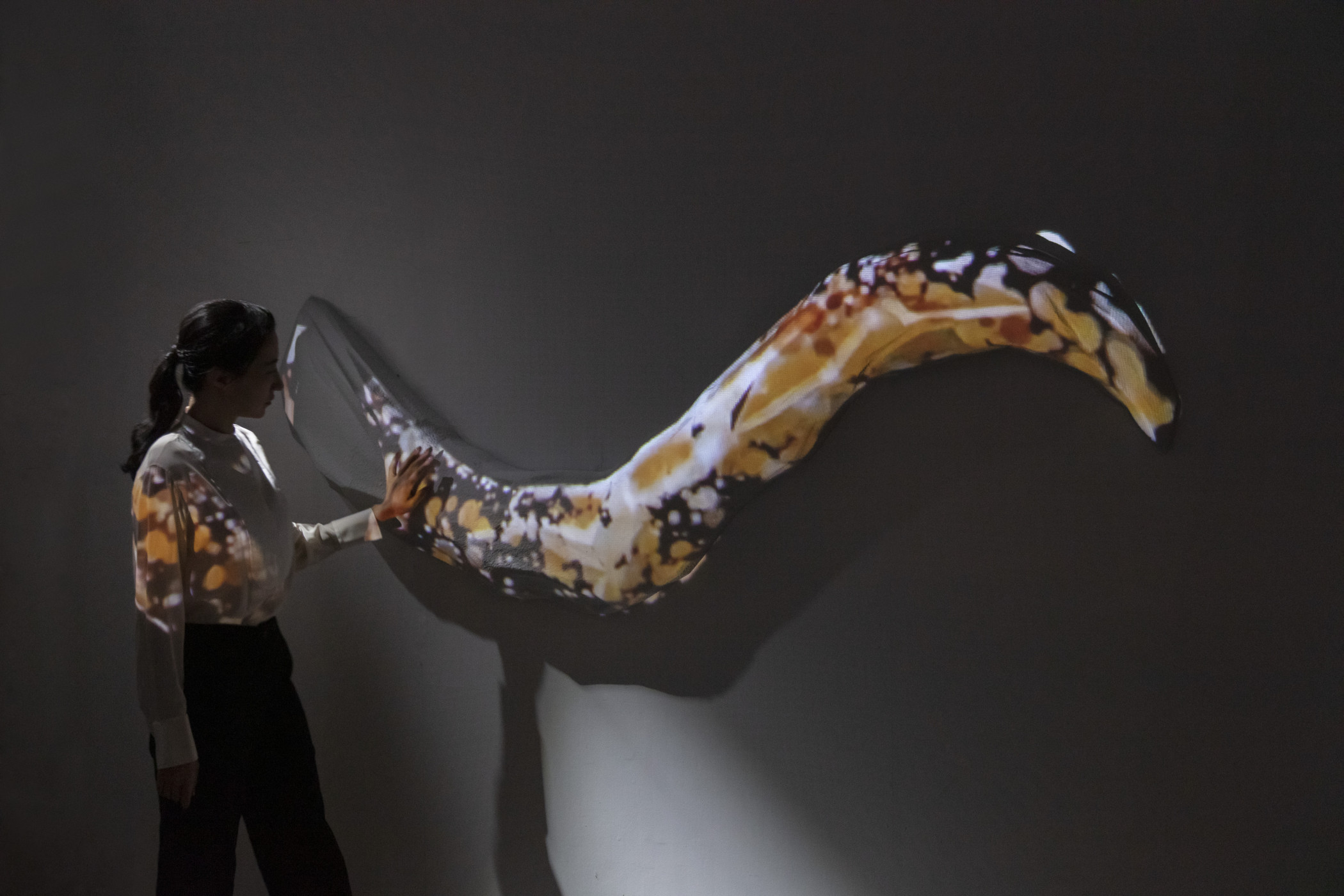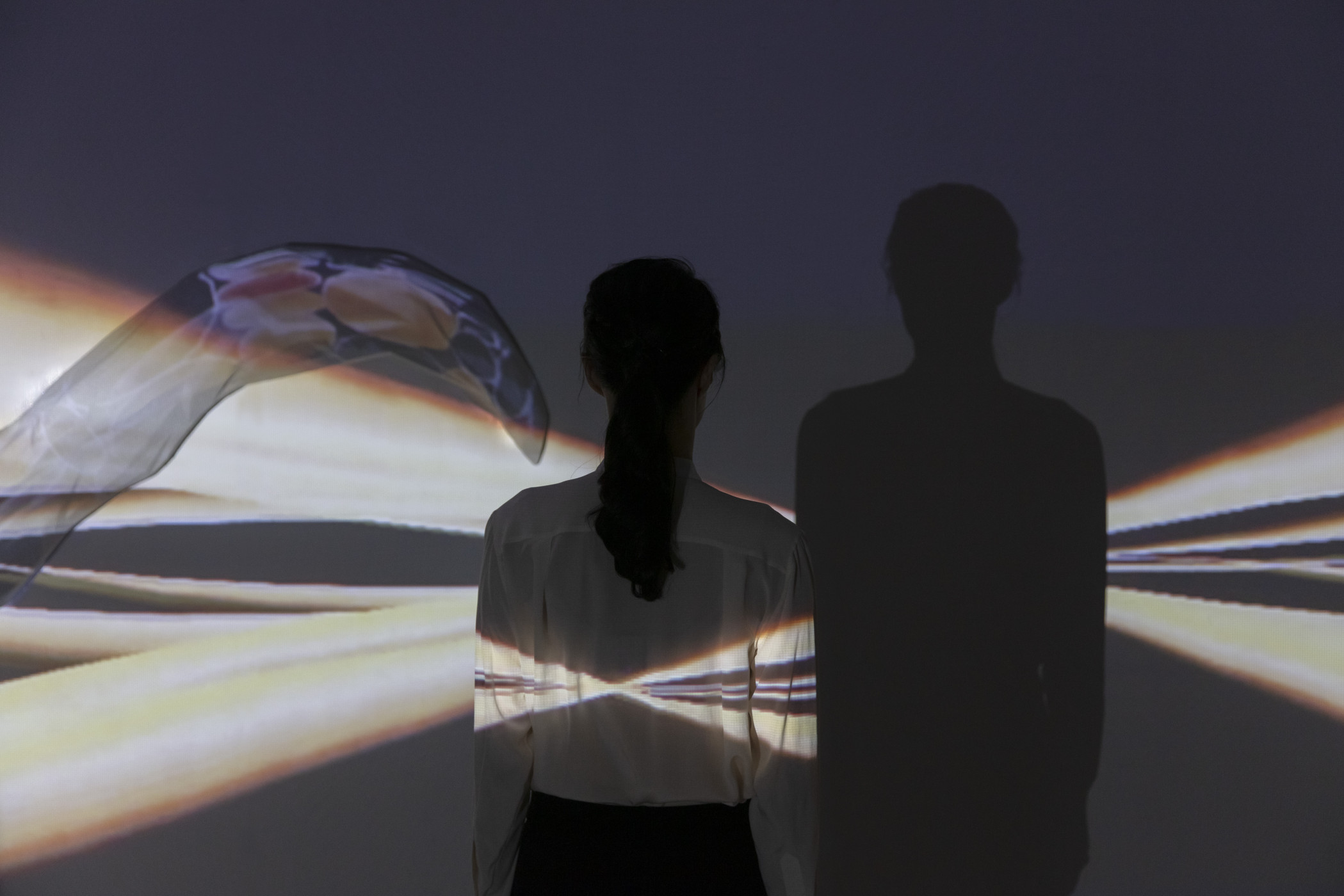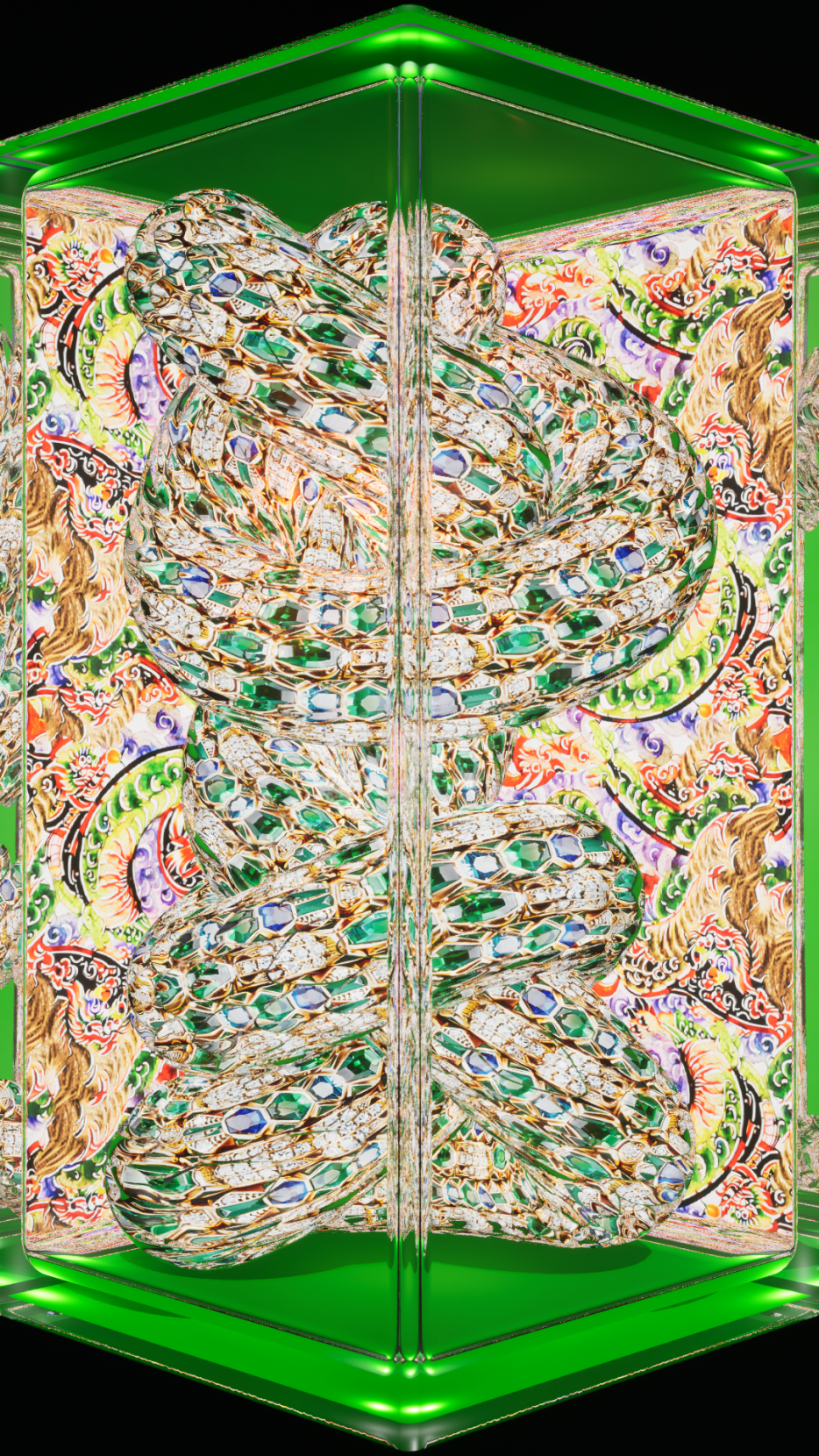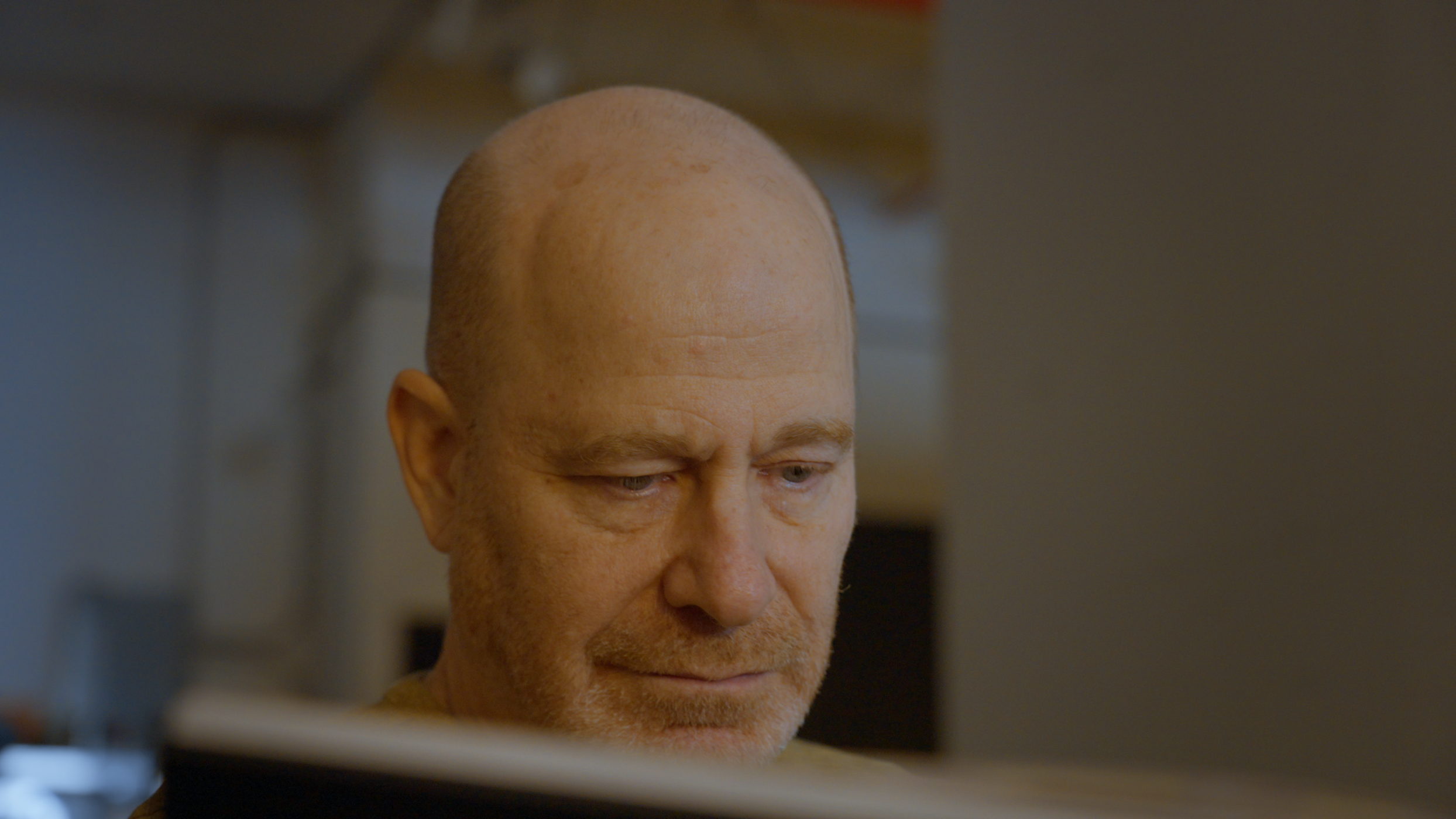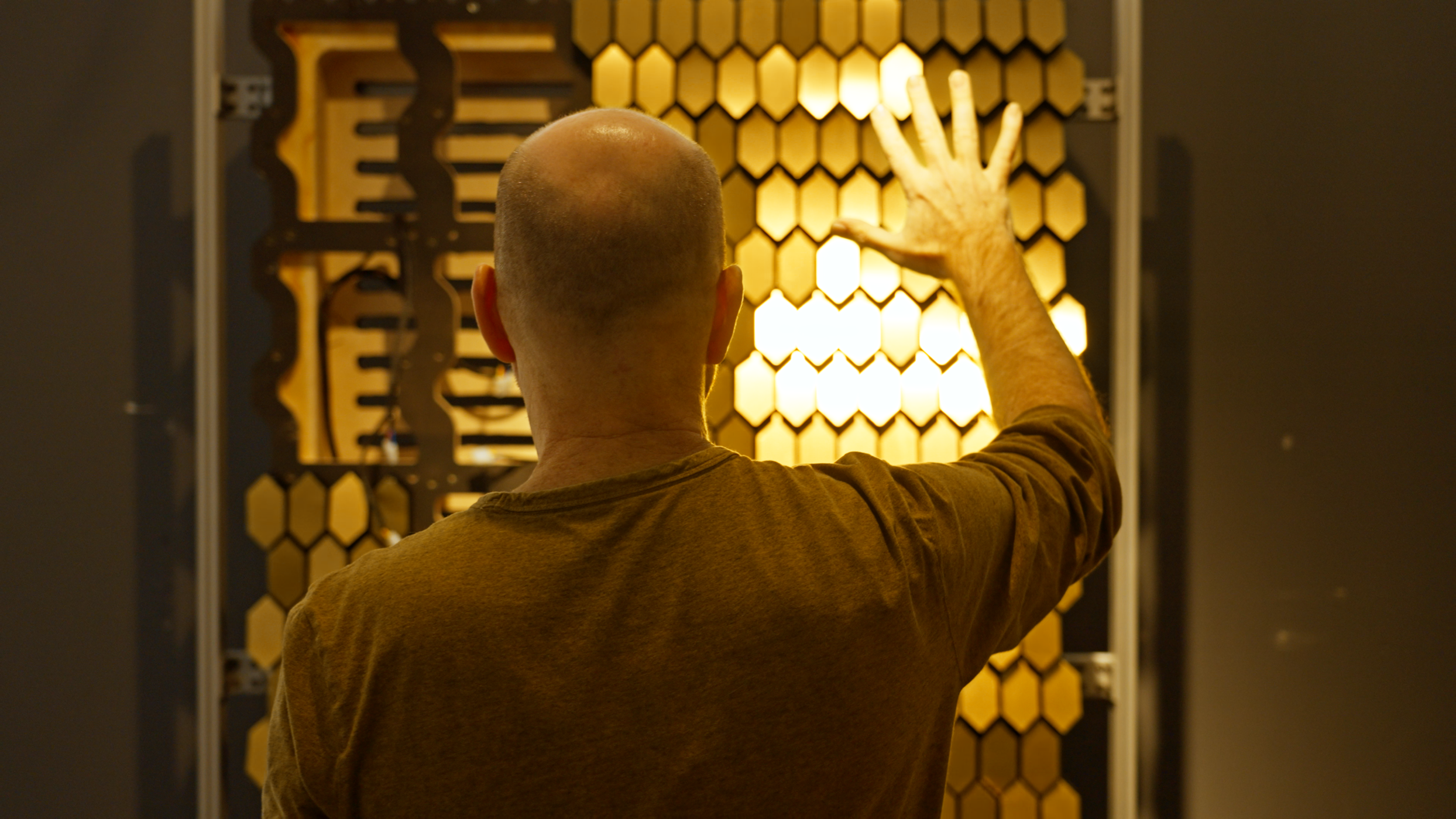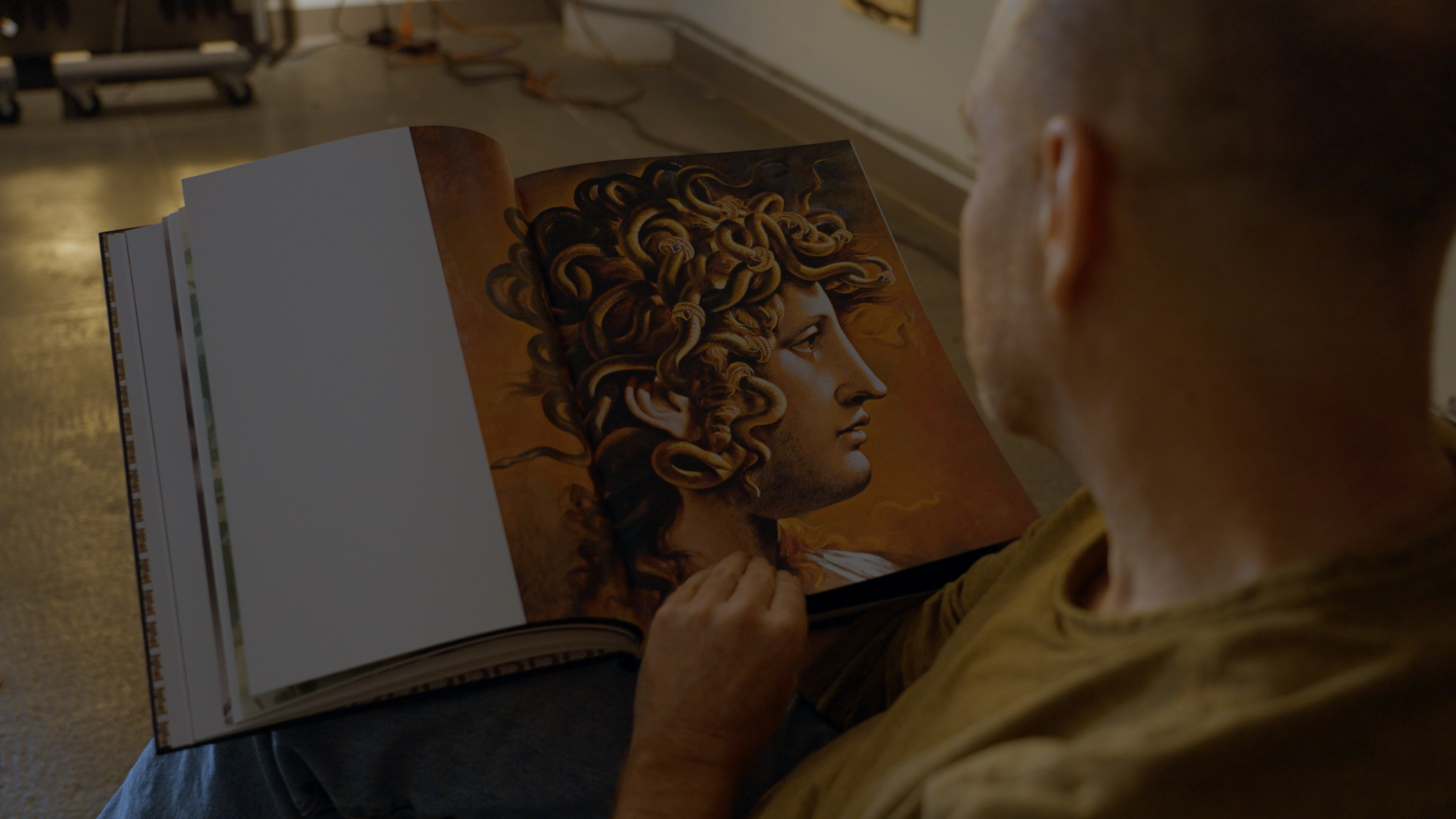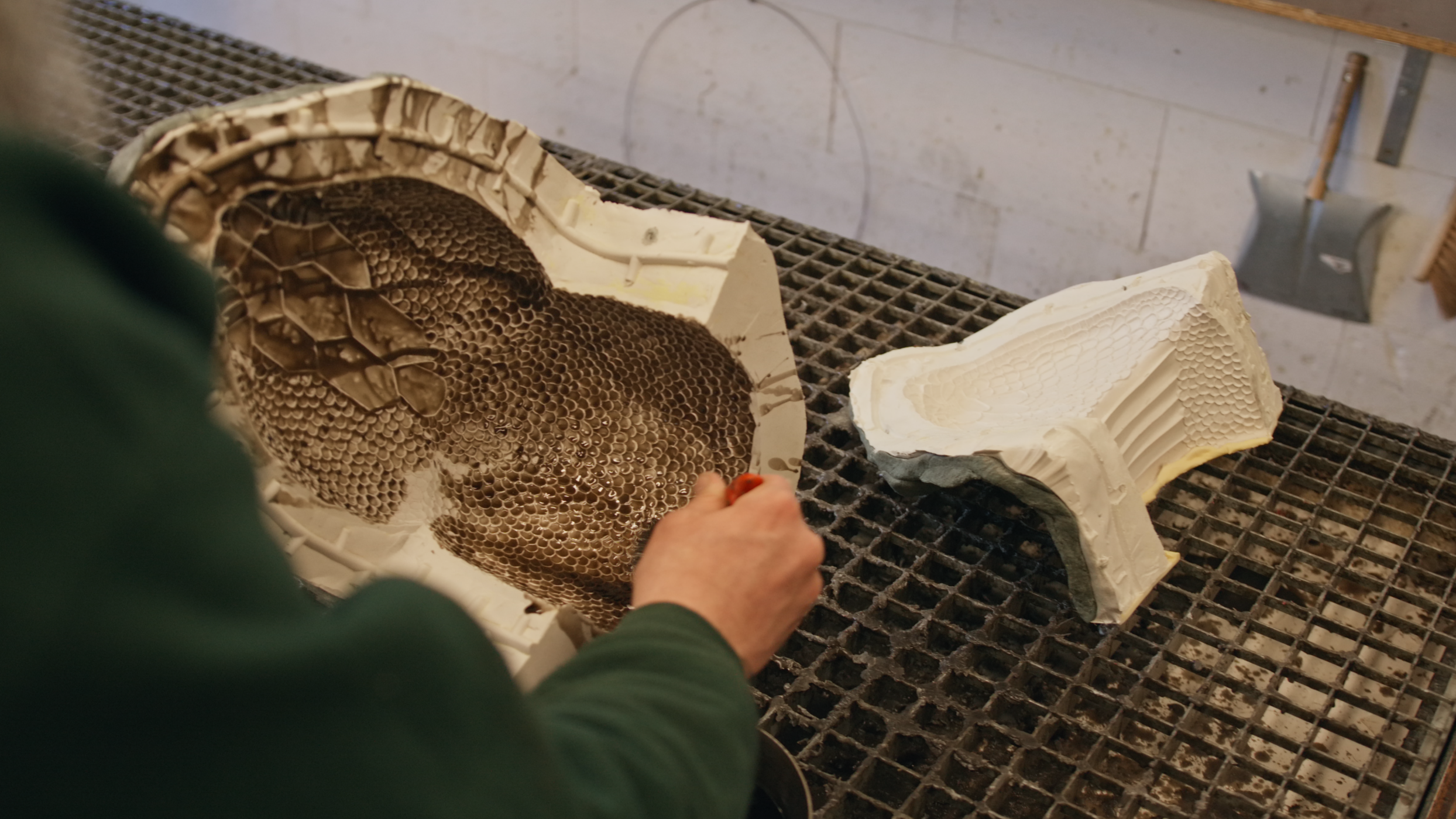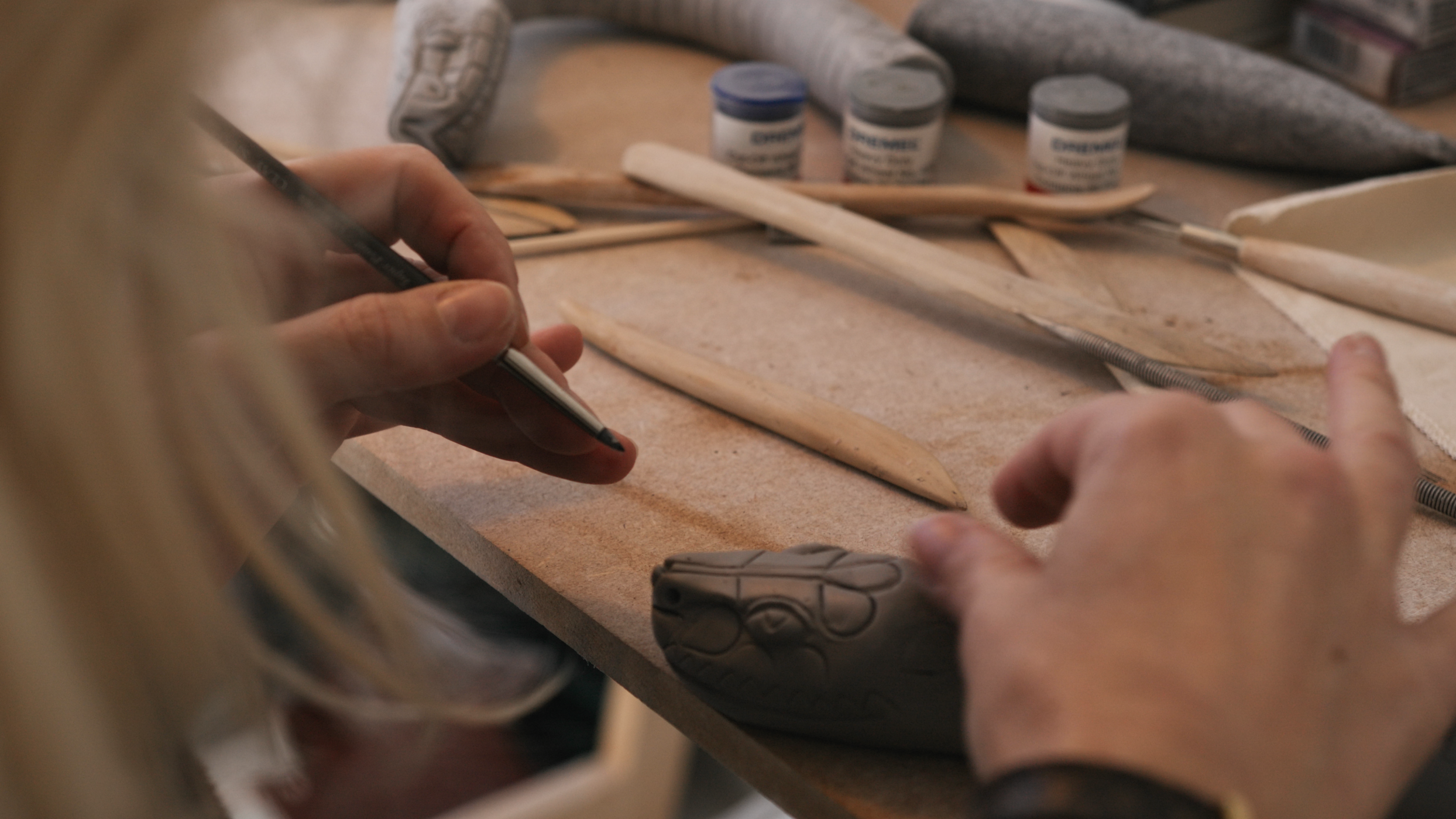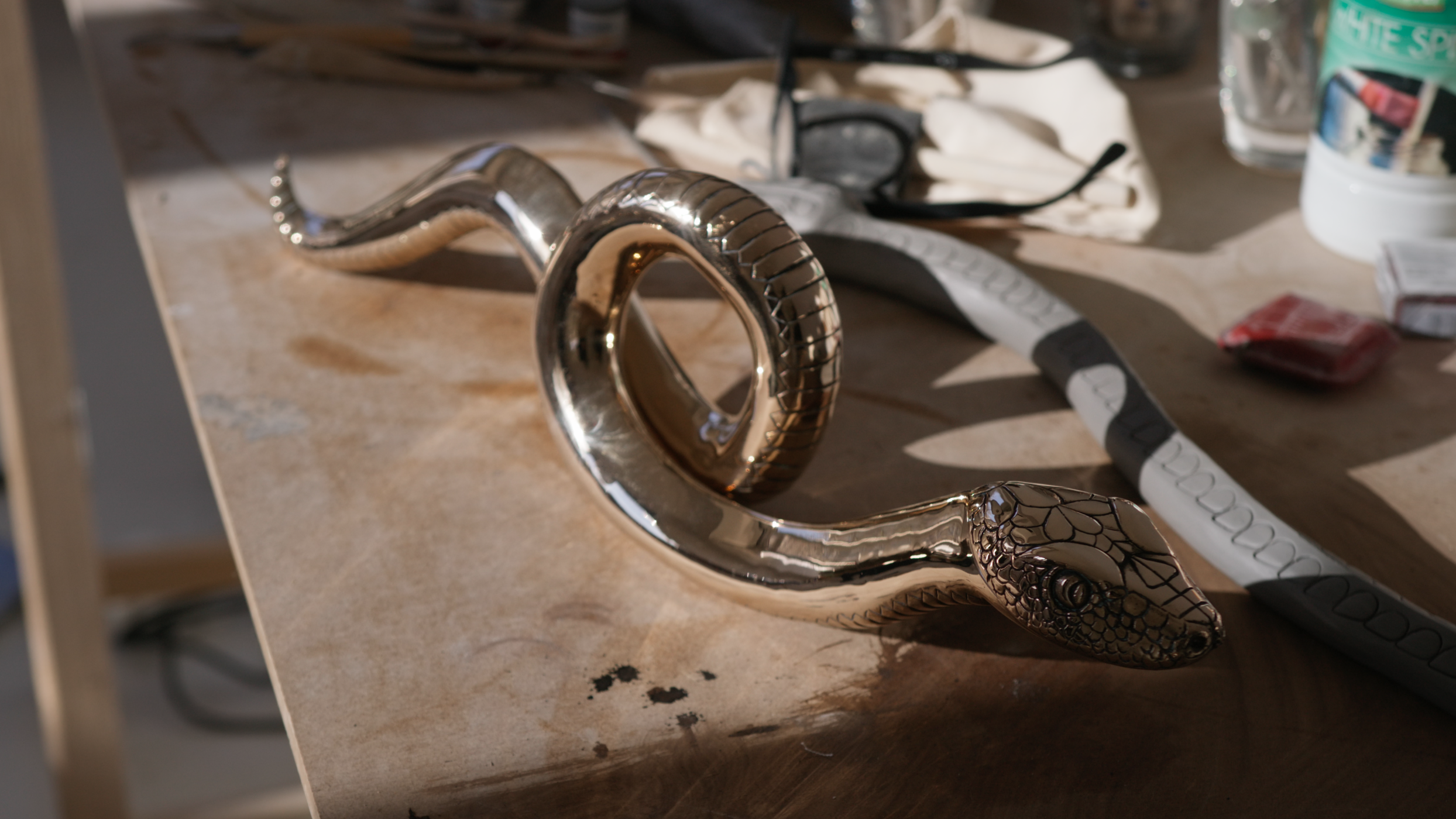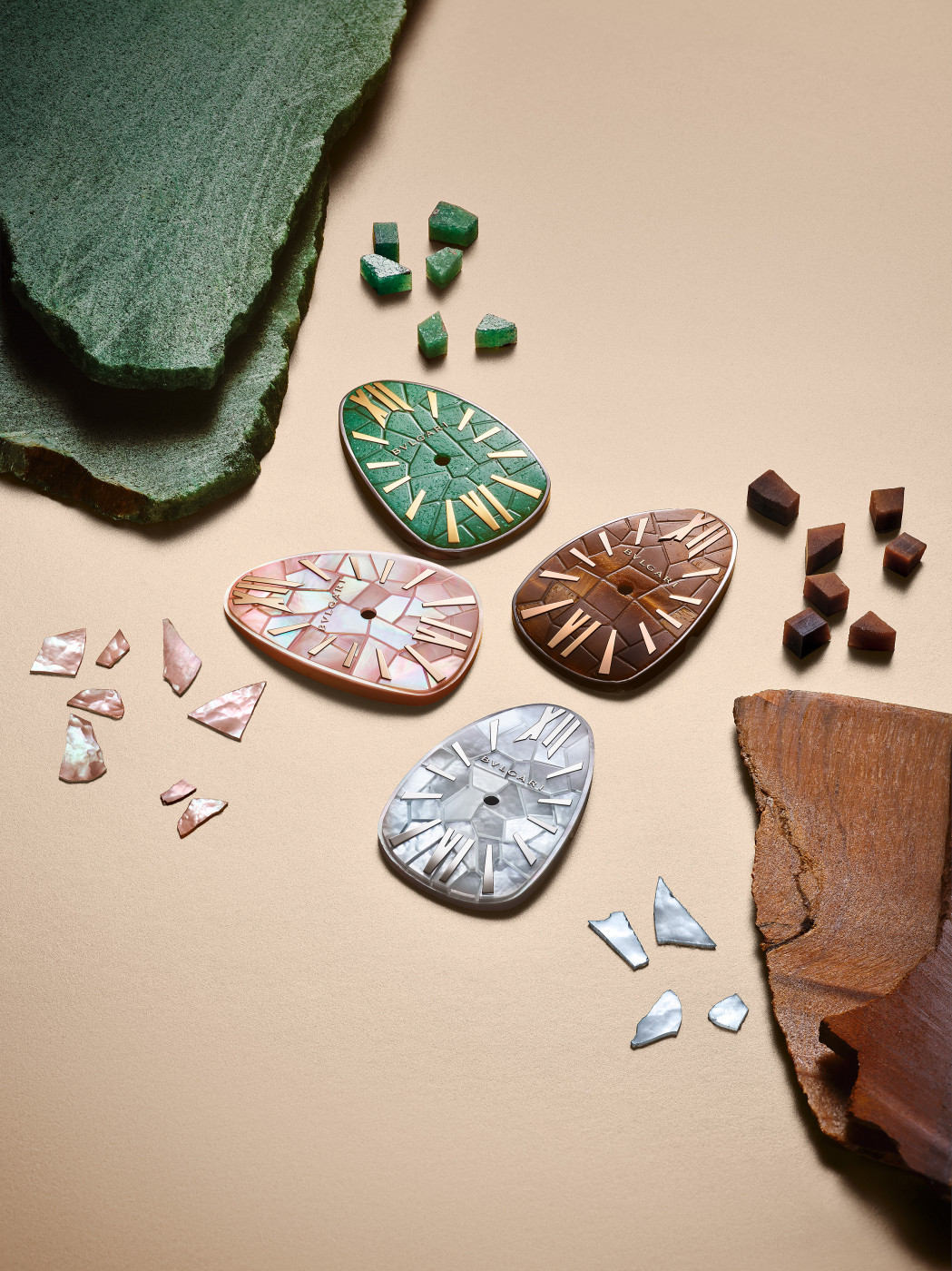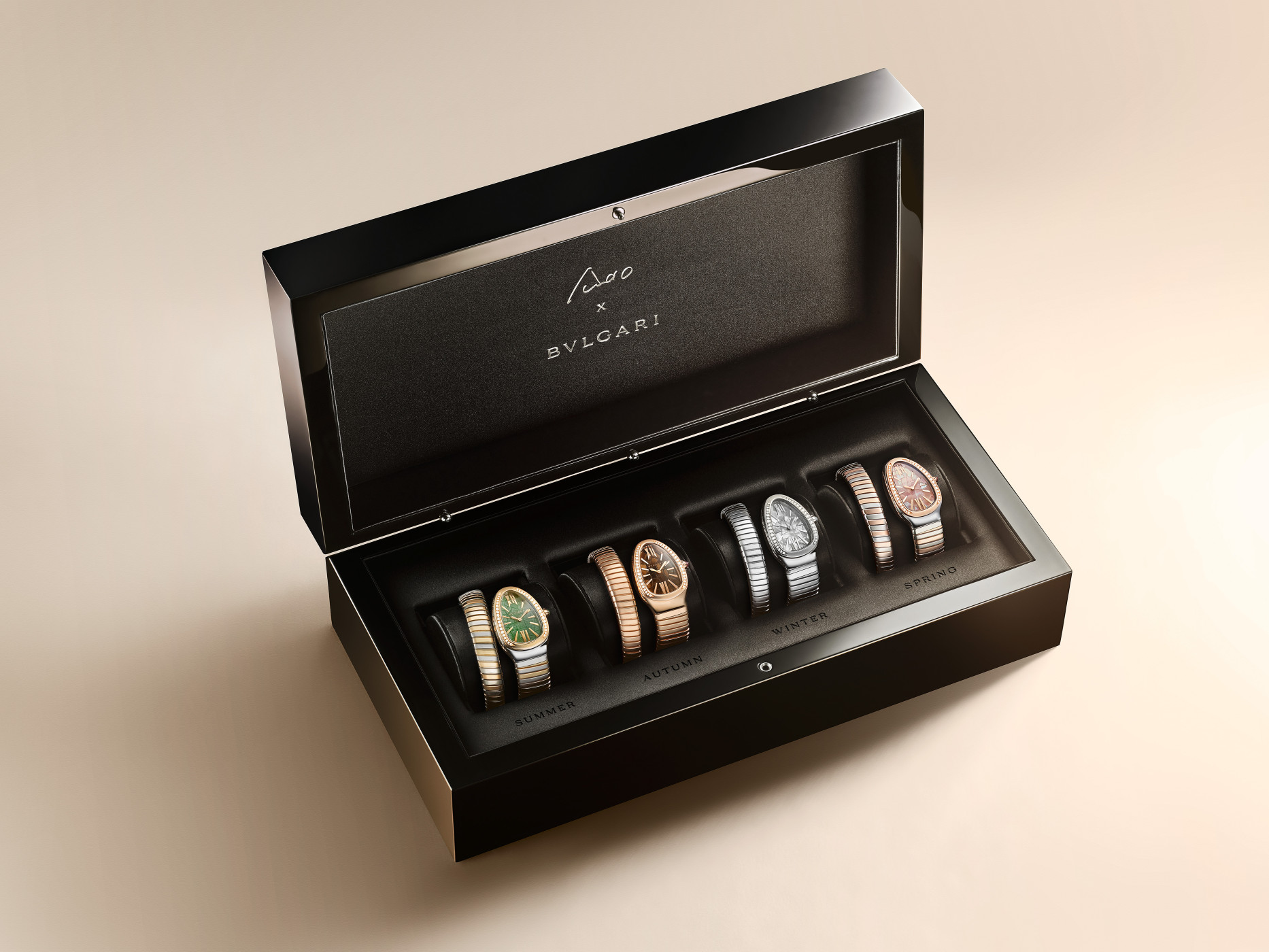
Bvlgari Celebrates The Serpenti Factory Grand Finale in Beijing
It’s a story of an icon. An ode to the mythical snake, the Serpenti collection, which has become synonymous with Bvlgari, is celebrating its 75th anniversary. For this occasion, the Roman jeweller prepared a series of exhibitions travelling the world, called the “Serpenti Factory”, mixing art inspired by the collection and iconic accessories and jewels.
Inspired by the Serpenti bag’s snake head, Chinese artist Shanliang creates “Baby Ball Python”, a sculpture that traverses aesthetic dimensional barriers to reach modern realism, unleashing the viewers’ imaginativeness. South Korean artist Hong Seung-Hye presents “Serpenti”, a series of wall artworks that interprets the rich metaphors of the snake resonating with the symbolic meaning of Bvlgari’s Serpenti collection.
After a two-year-long journey through London, Madrid, Shanghai, Seoul, New York, Los Angeles, Dubai, Milan, and Tokyo, the project finally lands in Beijing, China, at the Genesis Art Gallery, designed by the visionary Japanese architect Tadao Ando.
“Over the years, the ever-evolving serpent symbol has continuously ignited the imagination of various cultures, including that of Bvlgari”, explains Jean-Christophe Babin, Bvlgari CEO. “The Serpenti icon embodies a profound connection with the world of arts, and the “Serpenti Factory” is an exceptional representation of this spirit. It fosters a dialogue between Eastern and Western cultures, enhancing the Maison's cultural identity, built through 140 years of history of the brand.”
So what’s on view? The exhibition entitled “Serpenti Infinite Tales” features a selection of mesmerising 18 Serpenti-inspired artworks, created exclusively for Bvlgari. For instance, contemporary Chinese artist Liu Jiayu captures the snake's transformative and regenerative essence with the video installation "Golden Theater", while Italian artist Quayola merges Bvlgari's iconic serpent motif with modern algorithms in the mechanical installation "Sculpture Factory: Serpenti". Moreover, four young Chinese emerging artists - Chen Pengpeng, Jiang Ruiying, Qi Le, and Zheng Jiayan – reinterpret ancient Chinese craftsmanship staples for modernity via videos and installations but also using the traditional techniques of knotting, weaving and paper-cutting.
American artist Daniel Rozin takes inspiration from the golden scales of the Serpenti to create an interactive wall installation: “Snake Scales Mirror”.
A collective of digital artists based in Dubai Utopic Arabia proposes “Serpenti Odyssey” that takes viewers on a journey through time and space, tracing the serpent’s mythical journey from ancient Rome to the captivating Middle Eastern landscapes. Finally, Belgian artist Cate M Mercier has created two sculptures for the project, “The Small and Big Python Head” and “The Mandarin”: modeled in clay and carved in bronze, they dive into the serpent's multifaceted symbolism and evolutionary prowess.
The exhibition, of course, would not have been complete without the accessories and jewels from the Roman house. Among some of the highlights featured in the exhibition, one could spot the Serpenti Heritage Turquoise necklace, inspired by the watch that Elizabeth Taylor wore in the legendary film “Cleopatra” (1962), also present in the space. Then there are also the Tadao Ando × Serpenti Tubogas: launched earlier this year and produced in very limited quantities, these modelscelebrate the fleeting splendour of nature via dials crafted from semi-precious colourful stones - green aventurine, golden tiger's eye, white and pink mother of pearl represent each the changing hues of trees across the four seasons. But the masterpiece of the exhibition is of course the unique Serpenti Aeterna necklace from the latest high jewellery collection, showcasing seven D flawless diamond drops totalling 140.00 carats, one for each year of the brand's history.
The “Serpenti Infinite Tales” exhibition will be open until August 18 at the Beijing Genesis Art Gallery.
Courtesy: Bvlgari
Text: Lidia Ageeva


